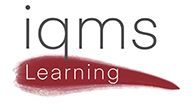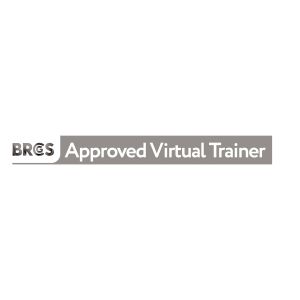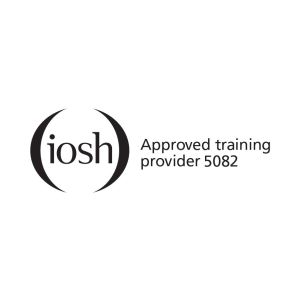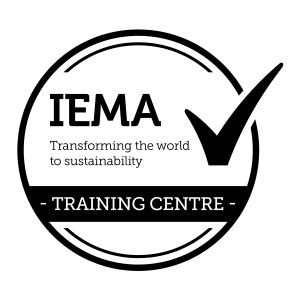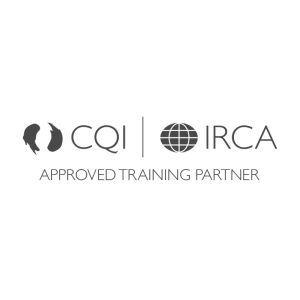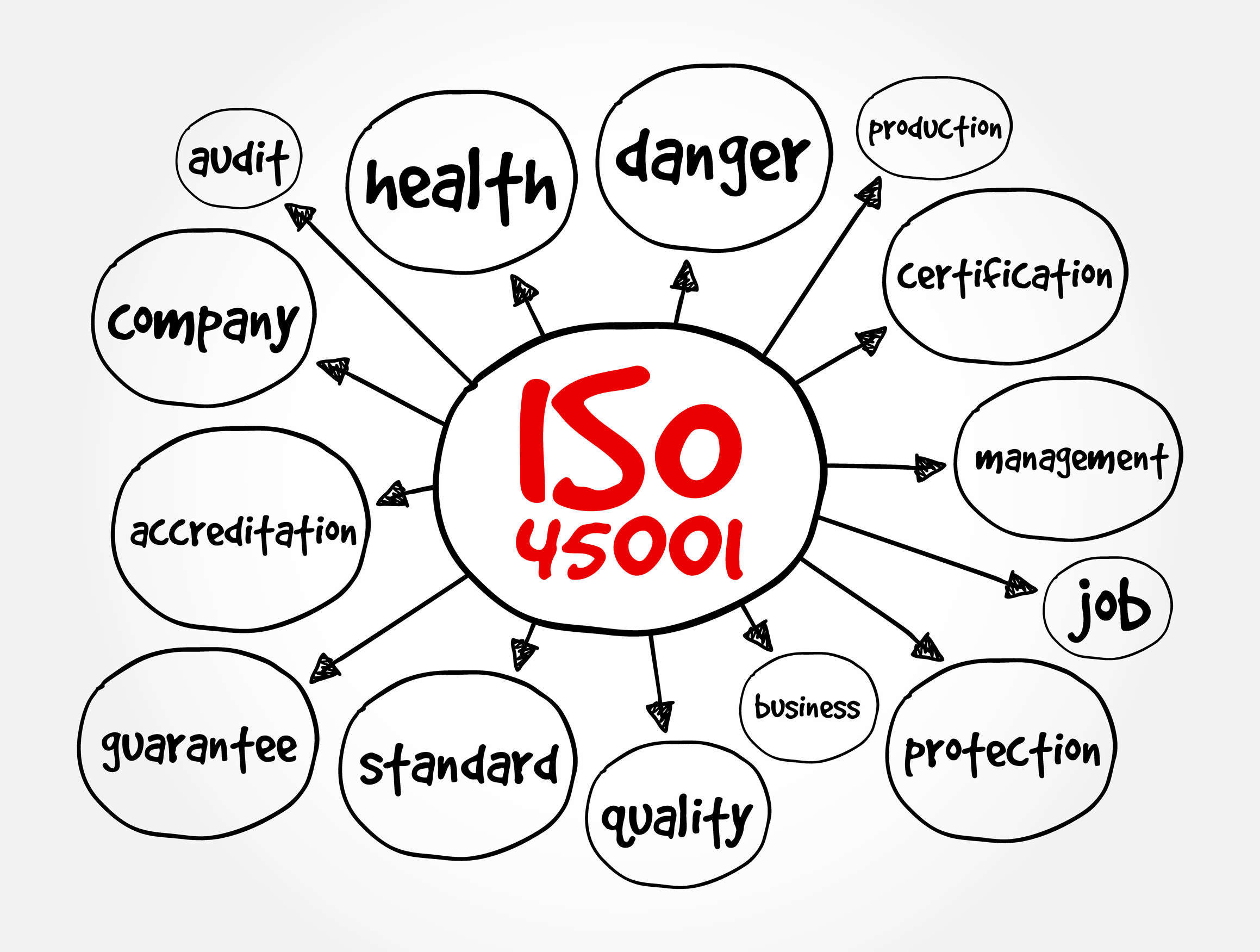
How can ISO 45001 support your strategies to combat stress and anxiety in the workplace as outlined by the HSE?
The Health and Safety Executive (HSE) defines stress as ‘the adverse reaction people have to excessive pressures or other types of demand placed on them’ and has outlined six main areas of work design that can lead to work-related stress if they are not managed properly.
These six areas of work design are:
Demands - inability to cope with the demands of your job and perhaps unreasonable demands
Control – inability to control the way you do your work
Support – when you don’t get enough information or support
Relationships – having trouble with relationships at work
Role – lack of clarity regarding roles and responsibilities
and Change – not being fully involved with workplace change
and the HSE recommends they these areas be risk assessed and be managed properly.
Health and safety professionals or those with a role in health and safety need to make sure that people are empowered at work and can manage health and safety in their own workspace. It should never be that one person or a team who are responsible for all aspects of health – physical and mental. This responsibility needs to be shared with all acknowledging their roles in good OHS performance. This can be achieved by a systems approach and ISO 45001 will help you construct a good system and get people on-board (and keep them on-board) from the bottom to the very top of your organisation.
So, going back to each of the individual factors identified by the HSE, can ISO 45001 help you with these?
ISO 45001 contains requirements – things that must be done for your organisation to state it is in compliance with the standard or if your organisation wants to get certified will be assessed by your certification body. This ties in your organisation to understanding and meeting these requirements.
These six areas of work design now mapped against the requirements of ISO 45001 (not an exact science):
Demands includes issues such as workload, shift patterns and the work environment itself. Clause 6.1.2 on identifying OHS hazards requires that the organisation has processes which identify hazards and include those around how the work is organised, social factors (including workload, work hours, victimisation, harassment and bullying), leadership and the culture of the organisation. All of these issues if properly identified as hazards, assessed and then controlled should help to manage demands on the individual.
Control or how much 'say' the person has in how they perform their work. ISO 45001 includes requirements for consultation and participation of workers in Clause 5.4 with a particular emphasis on workers who aren’t managers or have a managerial role. These requirements are spelled out in plain English and include requirements around consulting with workers on management system elements as well as inclusion through participation. Consultation requirements include for example a say in how the OHS policy is and OHS objectives are established; identifying what needs to be monitored in the workplace, and getting involved in continual improvement initiatives to name a few examples. When it states the requirements for participation it covers involvement in identifying hazards and reducing and assessing OHS risks, developing suitable controls for these risks, having a say in what needs to be communicated and trained on.
Support includes encouragement, sponsorship and resources provided by the organisation, line management and colleagues. ISO 45001 includes providing support in requirements made in Leadership (clause 5.1) whereby those at the top of an organisation (Directors and the like) need to provide support through appropriate levels of resourcing to maintain performance levels to keep certification (clause 7.1), making sure managers are supported underneath them and ensuring development of competent individuals (clause 7.2) perhaps by training or mentoring.
Relationships include promoting positive working to avoid conflict and dealing with unacceptable behaviour – although this isn’t specifically covered there are various part of the standard which map to improved relationships. Firstly Clause 4.2 is all about understanding needs and expectations of workers as regards to health and safety. Consultation and participation (clause 5.4) also require the organisation to think about why workers are not getting involved which requires some engagement here and again clause 6.1.2.1 does require the organisation to identify hazards relating to bullying and harassment. Finally, Leadership (clause 5.1) requires the people leading an organisation to develop lead and support an effective OHS culture whilst promising to protect against reprisals of others in pointing out where OHS is being compromised. All of these clauses together represent a powerful tool in building sound relationships in an organisation.
Roles and whether people understand their role within an organisation without having conflicting roles. ISO 45001 spells out this requirement in Clause 5.3 Organisational roles, responsibilities and authorities and underpins this by making top management responsible for how effective this is.
Change in an organisation whether large or small are managed through Clause 8.1.3 Management of change, which comprehensively identifies all manner of changes in an organisation, including changes to new and existing products, workplace, workforce, etc. and makes all of the listed changes things that need to be managed whilst clause 7.4.2 on Internal communication requires communication of changes to the OHS management system to workers.
Whilst ISO 45001 is not a panacea for what the HSE has identified as causations to stress and anxiety in the workplace, at least an organisation must have applied these intentions within the system or else fail to meet the clauses in the standard. ISO 45001 provides a structure and framework for understanding, identifying, managing and monitoring the HSE’s list which can only lead to better outcomes and genuine improvement (or rather continual improvement).
The author of this blog, Wendy Bowman, is a highly experienced Management Systems practitioner and ISO 45001 tutor. Contact her for an informal chat at enquires@iqmslearning.co.uk or by clicking here.
